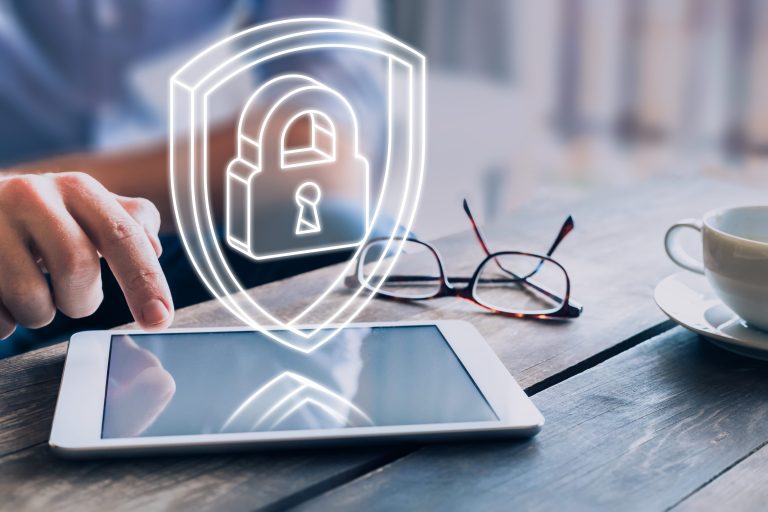Deep Dive: How Banks and Payments Providers Can Protect Customers, Merchants From Fraud Threats

Customers flocked to online channels to access the goods and services they needed during pandemic closures, and research shows they have no plans to change their new habits upon returning to pre-pandemic conditions. Global consumers created 15 new online accounts each during the health crisis on average, and that number is higher for younger individuals.
The eCommerce boom brought on a surge of fraudulent activity. As bad actors have grown more sophisticated, payments providers have had to find innovative ways to protect merchants and consumers against them. Conventional approaches such as passwords and security questions create frustrations for consumers and are easy to breach. Personal data theft through hacking bled consumers of $43 billion in 2020 alone, and password theft offers a fast track to cybercrime. Customer patience with onboarding processes also is growing thin, with nearly half of global consumers giving up on digital purchases, applications or transactions if they have any trouble with these processes.
The need to offer a frictionless online authentication experience while keeping consumers safe is challenging businesses of all types, and many are stepping up their use of sophisticated technology to succeed in this balancing act.
The following Deep Dive examines current fraud threats in the payments space and the tools banks and payments providers can leverage to defend against cybercrime.
An Influx in Online Profiles Drives Growth in Fraudulent Activity
Identity fraud is an ongoing problem for businesses with digital platforms, and a security breach can lead to major financial losses for merchants and their customers. A June study showed identity theft cost U.S. citizens approximately $56 billion in 2020 and affected upward of 49 million customers. Traditional authentication methods alone, such as password protection, are not enough to protect consumers against clever fraudsters, as 82% of customers admit to using the same passwords across multiple channels.
Antiquated identity verification techniques also can create friction and frustrate customers. A survey revealed that approximately 40% of global respondents would give up on an online purchase or transaction if they experienced difficulty signing up, logging in or completing a payment. Simple inconveniences, such as incorrect answers to security questions, can potentially prevent customers from finalizing a transaction, resulting in loss of revenue or member acquisition for the business. More than half of those same respondents expect to spend between one and five minutes creating a new digital account, and any longer could make new customers reconsider signing up.
One of the primary methods of attempted and successful fraud attacks is business email compromise (BEC), the use of email to penetrate payments systems at businesses. Sixty-two percent of organizations cited BEC as the main reason for fraudulent activity in 2020. Finance leaders are cognizant of this fact, but because companies have yet to figure out an effective way to mitigate digital intrusions, hackers are motivated to keep using BEC to deceive organizations. Additional sources of payment fraud include account takeovers and fraud involving vendors and wire transfers.
New Fraud Prevention Tools Combat Bad Actors
Banks and payments service providers need to prioritize the security of customers because clients often neglect their own safety. Nearly one-quarter of global respondents reported that security and privacy concerns never swayed them from generating a new account or downloading an app during the pandemic. New identity verification methods, such as biometrics or multifactor authentication (MFA), can better protect consumers and businesses from cyberattacks and reduce friction in the sign-up and login processes.
Tackling fraud is an important task, but banks and payments providers still need to consider their customers’ preferred authentication method. Nearly half of older adults still prefer password protection as their main tool in the fight against fraud, while younger generations are more eager to use biometrics. High-income earners and bridge millennials are the demographics most invested in enhanced security. Even so, adoption rates for touchless identity verification methods such as fingerprint access or voice recognition remain relatively low, with less than one-quarter of consumers reporting they use any biometric tools. Industry professionals still should offer biometric options, however, as 76% of consumers show a willingness to try digital credentials, and younger generations expect them.
The uptick in global cyberattacks has significantly increased industry demand for biometric authentication measures to protect companies from data breaches. The biometrics industry is expected to continue an upward growth trajectory, and the market value for MFA will surpass $20 billion by 2027. Government agencies in particular show a definite market trend toward advanced security solutions. A U.S. Government Accountability Office (GAO) survey showed nearly 75% of U.S. federal agencies already use facial recognition, and more than 40% intend to use even more biometric technology by 2023.
Passwords have served consumers for a long time, but they no longer are a fully reliable way to protect against the threats of sophisticated fraudsters. Two-factor authentication or MFA are much more secure ways to guard sensitive data, and advanced tools such as facial recognition or fingerprint scanners can reduce friction for customers. Consumers’ willingness to try biometric identity verification options skyrocketed during the pandemic, suggesting the time is ripe for banks and payments service providers to offer these options to their customers.